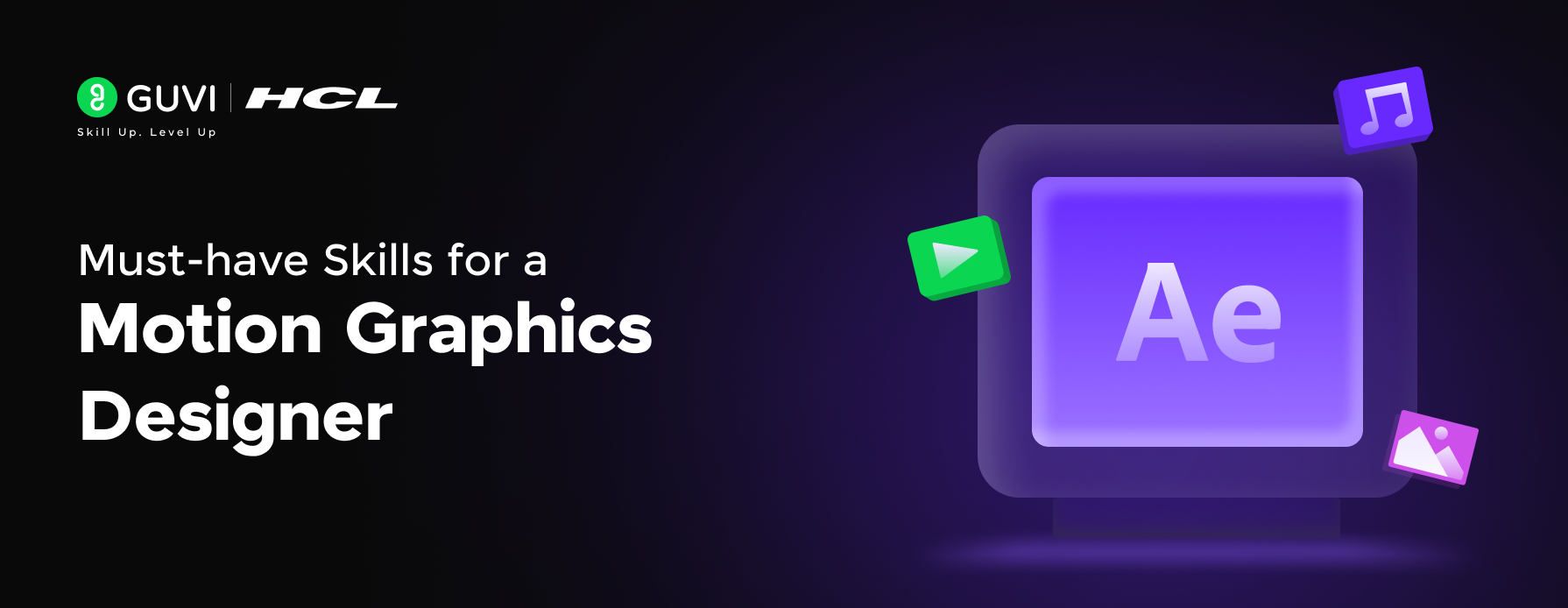
10 Must-have Skills for a Motion Graphics Designer in 2025
Jul 15, 2025 6 Min Read 11674 Views
(Last Updated)
In the era of digital marvels, motion graphics is everywhere, right from commercials on televisions to your favorite movies. Professionals who create these kinds of wonders are termed “motion graphics designers”. So, How does one become a successful Motion graphics designer? The answer is competency.
There is a set of skills that makes up the motion graphics designer’s toolkit. Developing these skills and grooming them based on the experience of real-life projects will help you create amazing visual stories that will be loved by people.
In this blog, you can discover the top skills that will elevate and flourish your motion graphics design career. Read more to explore the list of motion graphic skills and how to develop each skill for a rewarding motion graphics career.
Table of contents
- Importance of Acquiring Motion Graphics Skills
- Must-have Skills for a Motion Graphics Designer
- Fundamentals of Graphic Design
- Animation Principles
- Software Proficiency
- Storytelling
- Design Adaptability
- Collaboration and Communication
- Problem-solving and Critical Thinking
- Attention to Detail
- Time Management and Organization
- Continuous Learning and Adaptability
- Wrapping Up
- FAQs
- What skills do you need to be a motion graphic designer?
- Is motion graphics design a good career?
- How much do motion graphics designers earn?
- What does a motion graphics designer do?
- Is motion design a VFX?
Importance of Acquiring Motion Graphics Skills
Acquiring essential skills is not only beneficial but also critical for one’s professional success.
- Acquiring essential skills demonstrates professionalism and credibility within the industry and boosts growth and development.
- By mastering various skills, designers increase their marketability and stand out as versatile professionals capable of tackling various projects and challenges. This competitive advantage opens up more opportunities for career growth and advancement.
- Mastering essential skills in motion graphics design provides designers with the creative freedom to bring their ideas to life.
- Acquiring essential skills streamlines the design process, leading to increased efficiency and productivity.
Also Read: Motion Graphics in UI/UX: Enhancing User Experience with Dynamic Visuals
Must-have Skills for a Motion Graphics Designer
Motion graphics design is a dynamic field that combines graphic design with animation to create captivating visual content. Whether you’re creating title sequences for films, animated logos for brands, or explainer videos for businesses, mastering the following skills is crucial for success in this industry.
1. Fundamentals of Graphic Design
As a motion graphic designer, having a strong foundation in graphic design is essential. Understanding typography, color theory, and composition techniques is crucial for creating visually appealing motion graphics projects.
Typography
Typography plays a pivotal role in motion graphics design, as it shows how text is presented and perceived by the audience. Understanding typography involves selecting appropriate fonts, spacing, and alignment to effectively convey messages and evoke emotions within the design.
Color Theory
Color theory is essential for creating visually appealing and cohesive motion graphics. By understanding color psychology and harmonies, designers can effectively use color to convey mood, highlight key elements, and create a visual hierarchy within their designs.
Composition Techniques
Composition techniques, such as balance, contrast, and focal points, are essential for creating visually engaging motion graphics. By mastering composition techniques, designers can ensure that their designs are well-balanced, visually appealing, and effectively communicate the intended message to the audience.
Also Read: Best Books to Become Motion Graphics Designers
2. Animation Principles
Animation principles are the building blocks of motion graphics design, encompassing concepts such as keyframe animation, easing and timing, and motion paths.
Keyframe Animation
Keyframe animation involves defining key positions or frames within an animation sequence to create smooth and fluid motion. By mastering keyframe animation techniques, designers can bring static elements to life and create dynamic and engaging motion graphics.
Easing and Timing
Easing and timing are essential for creating natural and realistic motion within animations. By adjusting the timing and easing of animation keyframes, designers can control the acceleration and deceleration of motion, adding depth and realism to their designs.
Utilizing Motion Paths
Motion paths are crucial for dynamic motion graphics design. They guide the viewer’s viewpoint and enhance the storytelling experience. By mastering these techniques, designers can create compelling animations.

Anticipation and Exaggeration
Anticipation is an act of making your animation look more realistic, it helps prepare viewers for what’s coming next, making the movement more engaging. Whereas, Exaggeration makes movements more lively. Though it isn’t realistic, it elevates the emotions such as excitement.
Must Read: Animation in UI/UX: Captivating Designs Through Motion
3. Software Proficiency
Command over industry-standard software is essential for motion graphic designers. The knowledge of these in-demand tools helps bring their design ideas to life. Adobe Photoshop, Adobe After Effects, Adobe Animate, Maya, Adobe Illustrator, and Cinema 4D are essential tools for motion graphics designers.
Mastering basic tools and advanced techniques within motion graphics software is essential for creating complex and professional-grade designs. By learning how to navigate the software interface, utilize key features, and implement advanced techniques, designers can unleash their creativity and push the boundaries of motion graphics design.
Must Know: Introduction to Adobe XD: Features, Top Use Cases and Benefits [2025]
4. Storytelling
The art of effective storytelling is a cornerstone of motion graphics design. It allows motion graphics designers to convey messages and engage audiences through compelling narratives.
Craft Narratives Through Motion
Motion graphics designers use movement, timing, and visual elements to tell stories and convey messages effectively. By crafting narratives through motion, designers can create immersive and engaging experiences that resonate with their audience.
Convey Messages Effectively
Motion graphics designers must effectively communicate complex ideas and messages through their designs. By utilizing visual storytelling techniques, designers can distill information into clear and concise visual narratives that captivate and educate their audience.
Understand the Pacing and Rhythm
Pacing and rhythm are crucial elements of storytelling in motion graphics design. By understanding how to control the pace of animations and create rhythmic sequences, designers can evoke emotions, build tension, and guide the viewer’s attention throughout the narrative.
Also Explore: Brand Storytelling in the Digital Age: Creating Compelling Content from Scratch
5. Design Adaptability
Motion graphic designers must create adaptive designs that suit different channels, platforms, spaces, and more to maximize their impact and engagement.
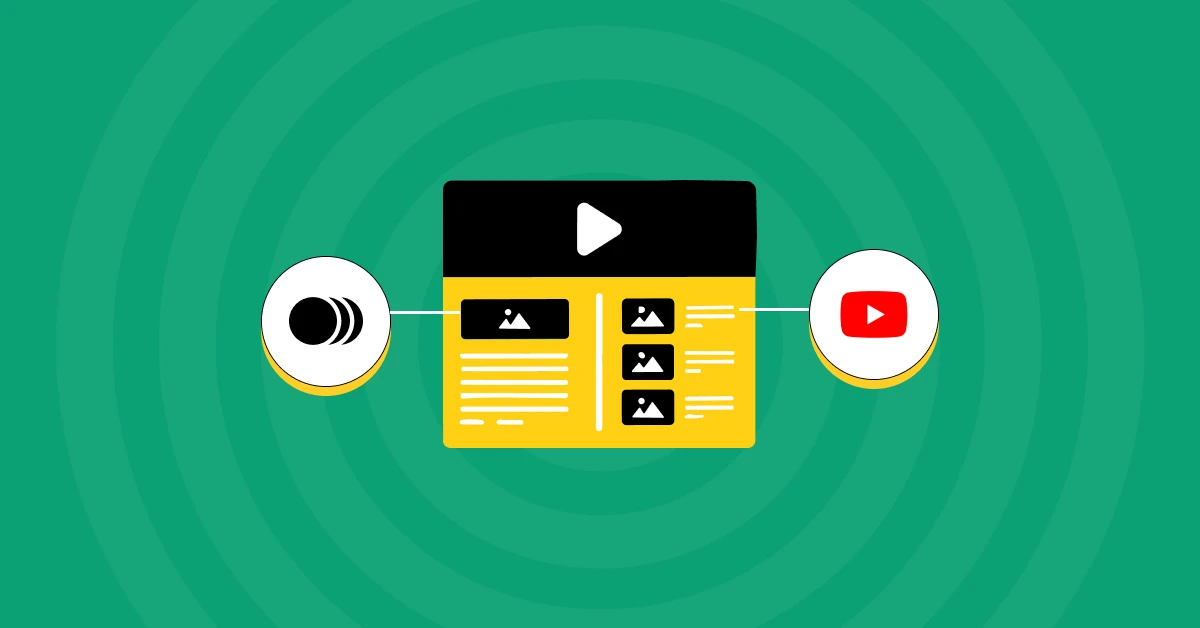
Adapt Designs for Social Media
Social media platforms have specific requirements and limitations for motion graphics design such as dimensions, quality, type of content, and more. By adapting their designs for social media, designers can create content that is optimized for each platform, maximizing visibility and engagement with their target audience.
Create Content for Websites and Apps
Websites and apps often require motion graphics to enhance user experience and communicate information effectively. By creating motion graphics for websites and apps, designers can create interactive and engaging experiences that captivate users and convey key messages.
Tailor Designs for Different Screen Sizes
Motion graphic designers must consider various screen sizes and resolutions while creating designs for different platforms. By tailoring their motion graphics for different screen sizes, designers can ensure that their designs are displayed optimally across a range of devices, from desktop computers to mobile phones.
Must Know 8 Important Steps In The UX Design Process You Should Know
6. Collaboration and Communication
Collaboration and communication skills are essential for motion graphic designers who often work in team environments and interact with clients and stakeholders.
Motion graphic designers often collaborate with other designers, animators, and creative professionals to bring their designs to life. With an efficient team environment, designers can leverage the strengths of their colleagues and produce high-quality designs that exceed client expectations.
Effective communication with clients and stakeholders is also essential for ensuring that motion graphics designs meet project requirements and objectives. By listening to client feedback, providing updates on project progress, and addressing any concerns or questions, designers can build trust and rapport with their clients and stakeholders.
Pro-tip: Always, stay open to receiving feedback and incorporating changes into their designs based on client or stakeholder input. Acknowledge constructive criticisms, listen to suggestions, and implement revisions. By this, motion graphics designers can refine their designs and ensure that they align with the client’s vision and objectives.
Also Explore: Best Motion Graphics Webinars and Workshops
7. Problem-solving and Critical Thinking
Motion graphic designers often encounter technical challenges and constraints that require problem-solving and critical thinking skills to overcome. Motion graphic designers must address and troubleshoot technical issues related to software, hardware, and compatibility to ensure that their designs are executed successfully.
Designers can identify and resolve issues that may arise during the design process, ensuring smooth project execution by troubleshooting technical challenges. Finding new ways and meeting project requirements amidst constraints such as tight deadlines, limited budgets, and technical limitations is also an essential skill for a motion graphic designer.
8. Attention to Detail
Attention to detail is crucial in motion graphics design to ensure visual consistency, accuracy, and polish in the final product.
Ensure Visual Consistency
Motion graphic designers must ensure that visual elements such as typography, color schemes, and graphic styles remain consistent throughout their designs. Designers can create cohesive and professional-looking motion graphics that resonate with their audience by maintaining visual consistency.
Check for Accuracy
Motion graphic designers must carefully review their designs to identify and correct any errors or inconsistencies before finalizing the project. By conducting thorough quality assurance checks, designers can ensure that their designs meet the highest standards of quality and accuracy.
Polish Animations for a Professional Finish
Polishing animations involves fine-tuning details such as timing, easing, transitions, and visual effects to create a seamless and professional finish. Designers can enhance the overall quality and impact of their motion graphics, elevating the viewer’s experience and engagement by grooming up the animations.
Also Read: Virtual Reality vs Augmented Reality: Important Things To Know
9. Time Management and Organization
Effective time management and organization skills are essential for motion graphic designers to meet deadlines and deliver projects on time and within budget.

Set Realistic Timelines for Projects
Motion graphic designers must accurately estimate the time required to complete each project and set realistic timelines accordingly. Designers can effectively manage their workload and ensure that projects are completed on time and within budget by setting realistic timelines.
Prioritize Tasks Effectively
Motion graphic designers often juggle multiple projects simultaneously, each with its deadlines and priorities. By prioritizing tasks effectively, designers can focus their time and energy on the most critical aspects of each project, ensuring that deadlines are met and objectives are achieved.
Manage Multiple Projects Simultaneously
Managing multiple projects simultaneously requires careful planning, organization, and multitasking skills. By implementing effective project management strategies, such as using task lists, calendars, and project management tools, designers can stay organized and productive while working on multiple projects.
Must Know About The Scope of Motion Graphics in 2025
10. Continuous Learning and Adaptability
Continuous learning and adaptability are essential for motion graphic designers to stay updated with industry trends, technologies, and techniques.
Stay Updated with Industry Trends
Motion graphic designers must stay informed about the industry’s latest trends, technologies, and techniques to remain competitive. By staying updated with industry trends, designers can incorporate new ideas and best practices into their designs, ensuring that their work remains fresh, relevant, and impactful.
Experiment with New Techniques and Styles
Motion graphic designers must be open to experimenting with new techniques, styles, and creative approaches in their designs. Designers can discover innovative solutions and develop their unique artistic voices by experimenting with new ideas.
Also Read: Tips for Motion Graphics Designer Resume
Wrapping Up
In closing with this comprehensive guide to mastering essential skills in motion graphics design, it’s evident that the journey of becoming a proficient motion graphic designer is one filled with creativity, technical prowess, and continuous learning.
Mastering the ten essential skills outlined in this blog is crucial for success as a motion graphic designer. From graphic design fundamentals to storytelling and problem-solving, each skill plays a vital role in creating compelling and impactful motion graphics.
There are more dimensions to developing these skills than just ticking off checkboxes on a list. It’s about adopting an attitude of continuous development and adaptation, continually expanding the limits of innovation and creativity. It’s about realizing that the field of motion graphics design keeps evolving and that you must be dedicated to upskilling, experimenting, and improving to stay ahead of the curve.
Also Read: Best Product-based Companies for Motion Graphic Designing in 2025
FAQs
To become a motion graphic designer, you’ll need to learn graphic design fundamentals, animation principles, and software proficiency.
Also, start developing soft skills like time management, critical thinking, problem-solving, and more. Consider enrolling in reputed online courses like GUVI to develop these essential skills.
Yes, motion graphics design can be a rewarding and lucrative career for those with a passion for visual storytelling and design. It offers opportunities in various industries, including advertising, entertainment, and digital media with rewarding salaries.
Salaries for motion graphics designers vary depending on factors such as experience, location, and employer. According to AmbitionBox, the average salary for motion graphics designers in India is INR 5 lakhs per year.
A motion graphic designer creates animated visual content for various purposes, including advertisements, films, websites, and social media.
Not actually. Both terms go together and involve visual elements and animation. However, motion design focuses on creating dynamic and visually appealing graphics such as for title sequences, logos, and explainer videos.
VFX primarily involves the creation and integration of digital effects and imagery into live-action footage to enhance or create visual elements in films, TV shows, and other media.









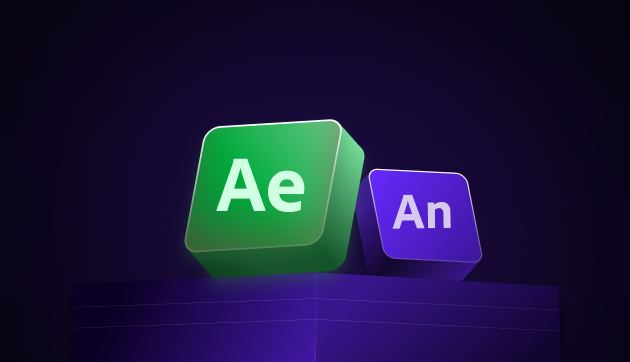
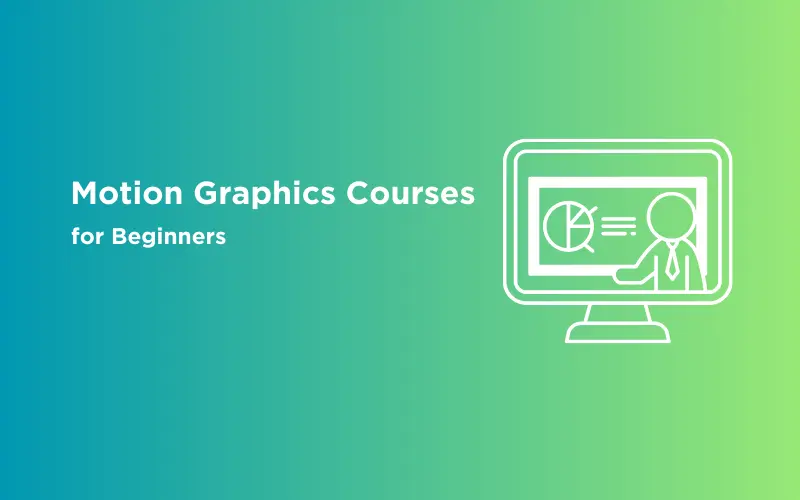
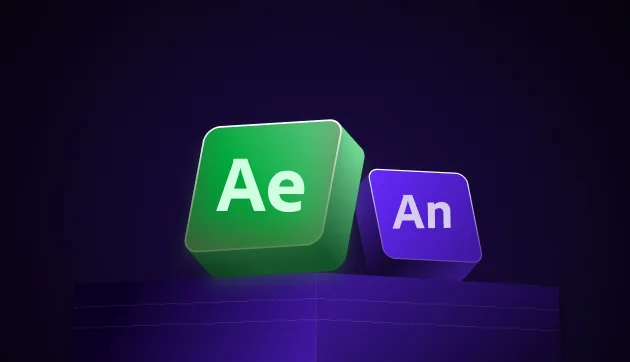


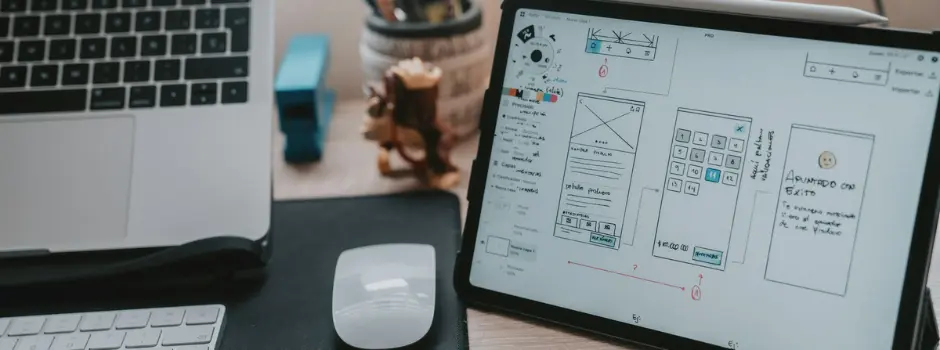


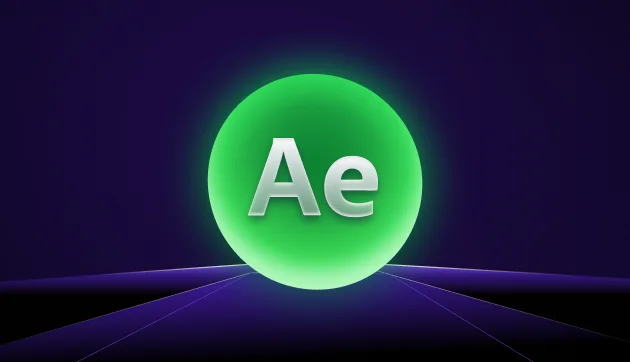

Did you enjoy this article?